Integral Sustainable Design Assessment of BHP House in Melbourne CBD
VerifiedAdded on 2023/06/07
|11
|343
|478
Project
AI Summary
This project presents an Integral Sustainable Design assessment of the BHP House located in Melbourne, Australia. The assignment brief requires a comprehensive analysis of the building, applying the Integral Sustainable Design (ISD) framework to evaluate various aspects. The assessment includes a four-quadrant analysis for several key topics: climate and climate change, comfort and low energy conditioning, envelopes, renewables, water, and structure and materials. The analysis aims to identify interrelationships between the four quadrants and the topics, exploring how these can be leveraged to improve the project's sustainability. The project also considers material sourcing, flows, transport, and environmental impacts, including habitat destruction and building footprints. The project is based on the provided documentation and aims to maintain the Nationally Significant 20th-Century Architecture of the building while considering potential environmental upgrades. The student has addressed the project questions related to each quadrant, considering the stakeholders, office area, facade and window surfaces, and occupant estimates. References from academic journals and books are included to support the analysis.
1 out of 11
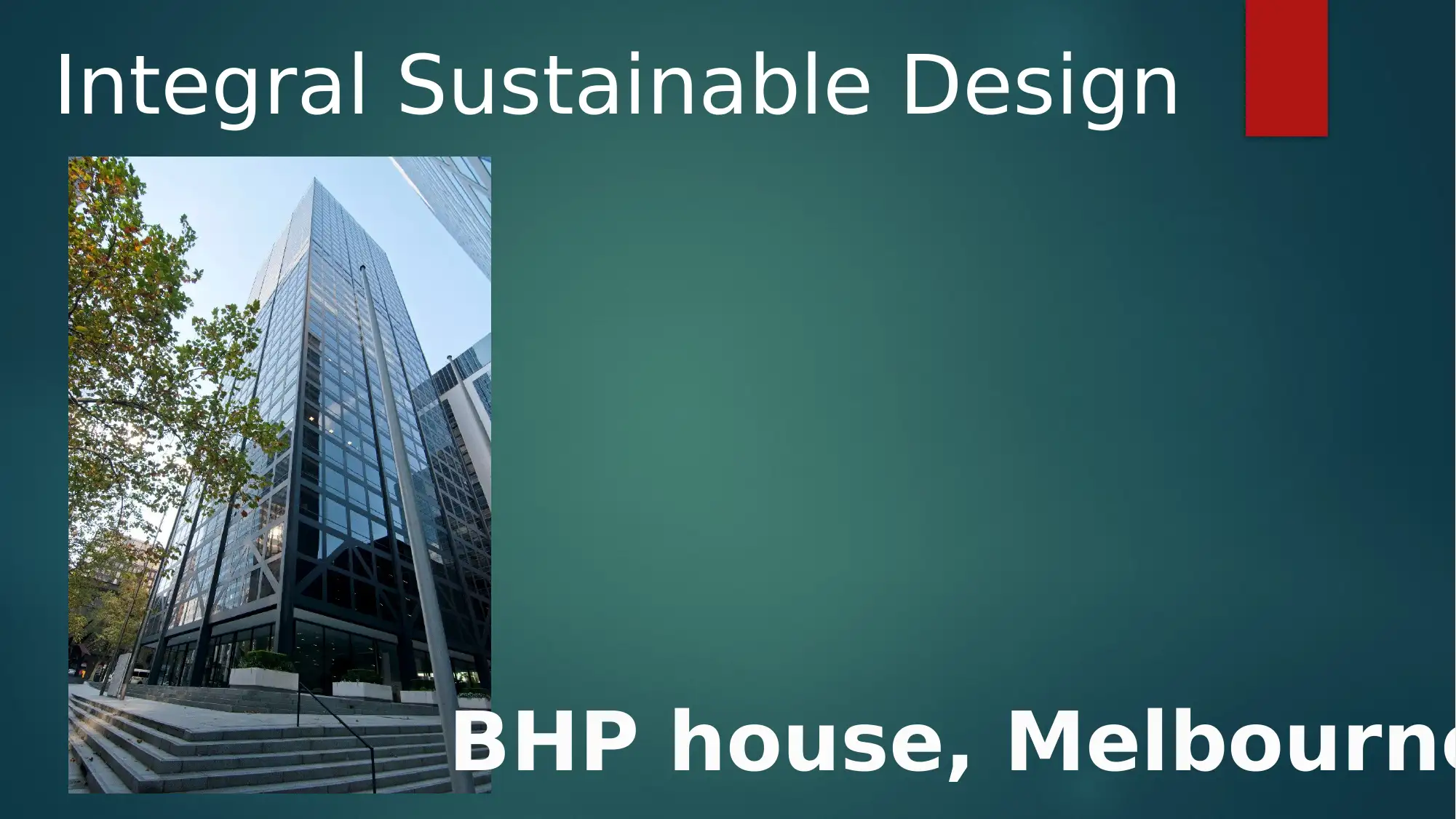
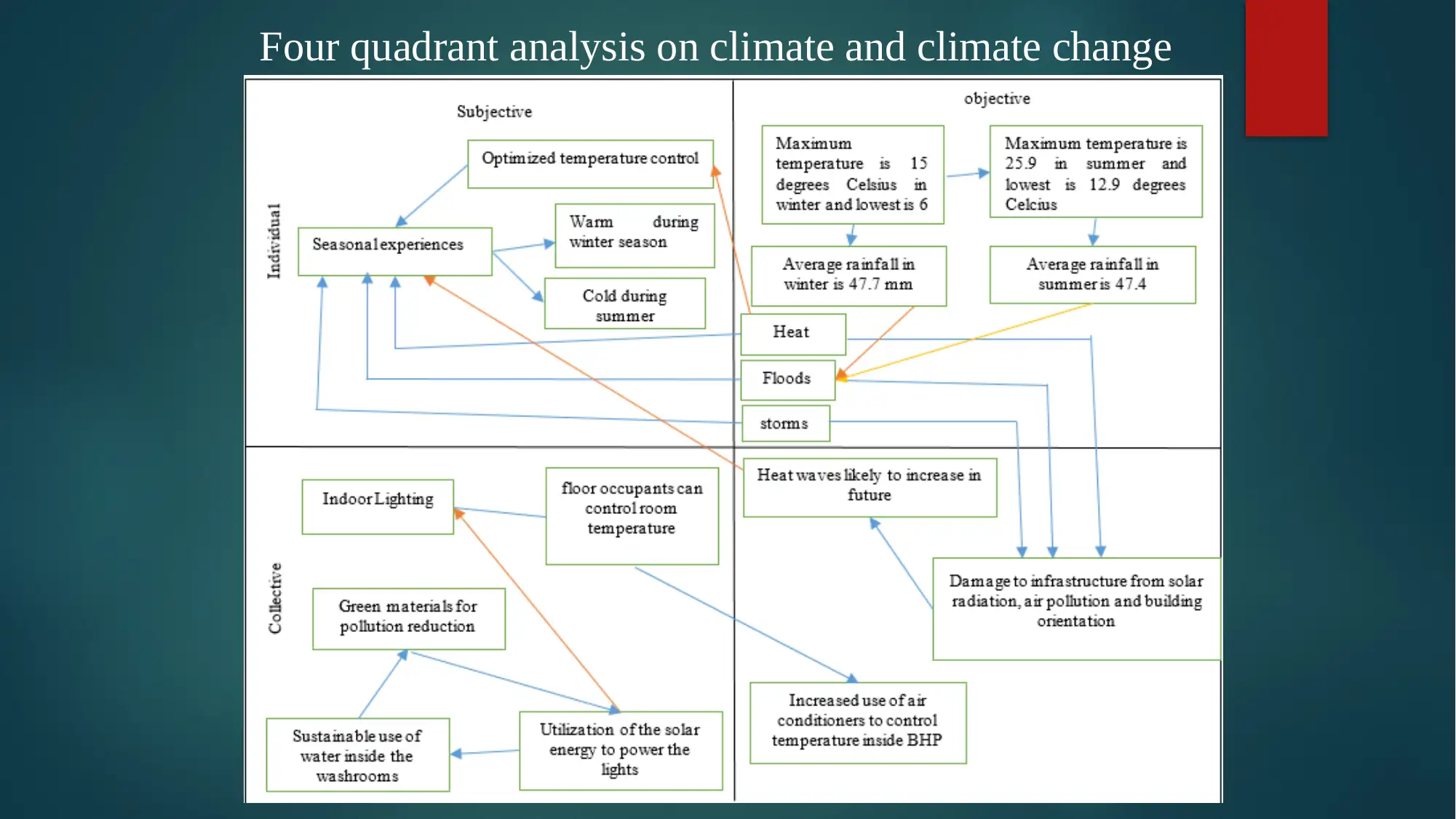
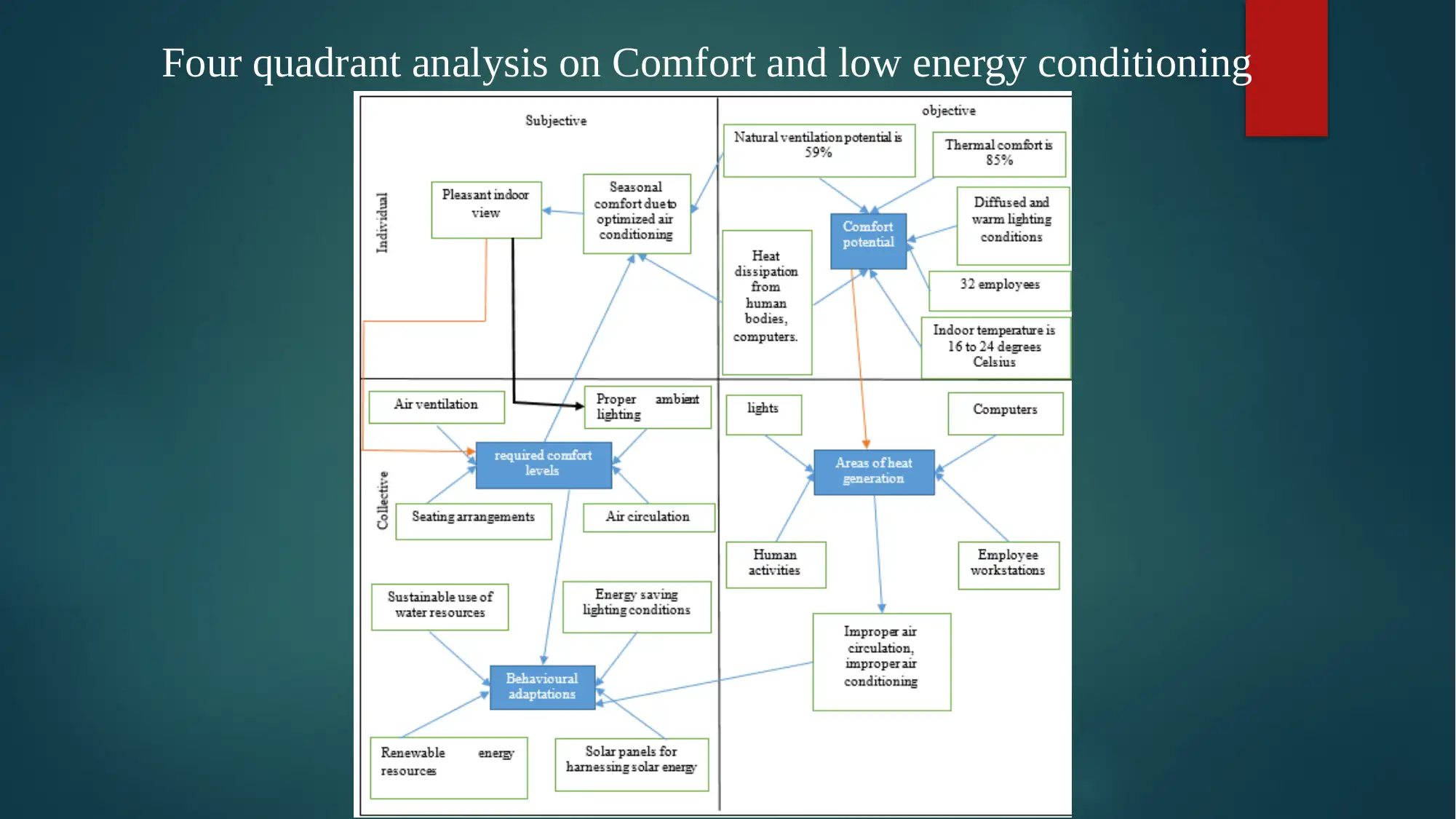

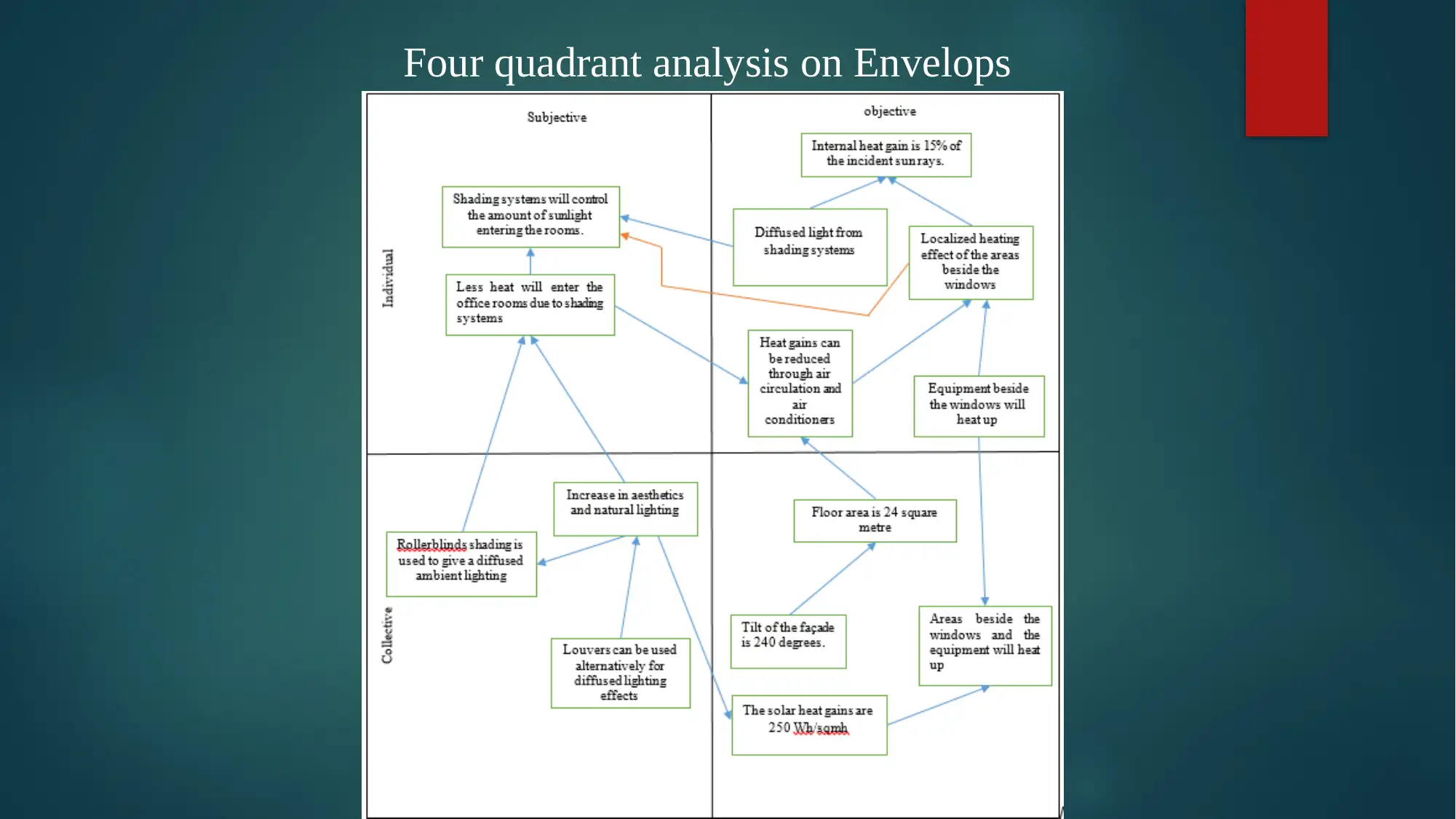
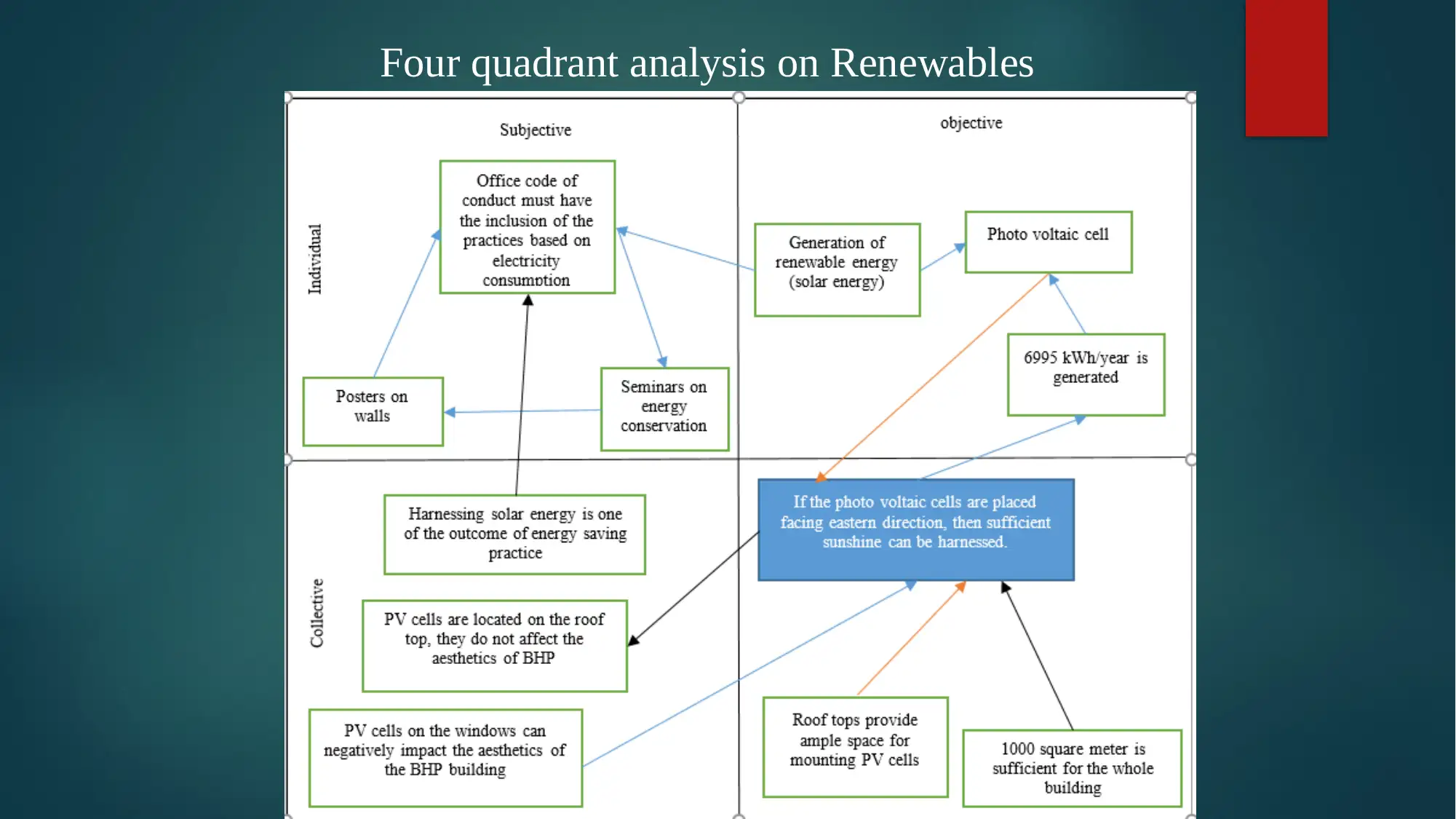
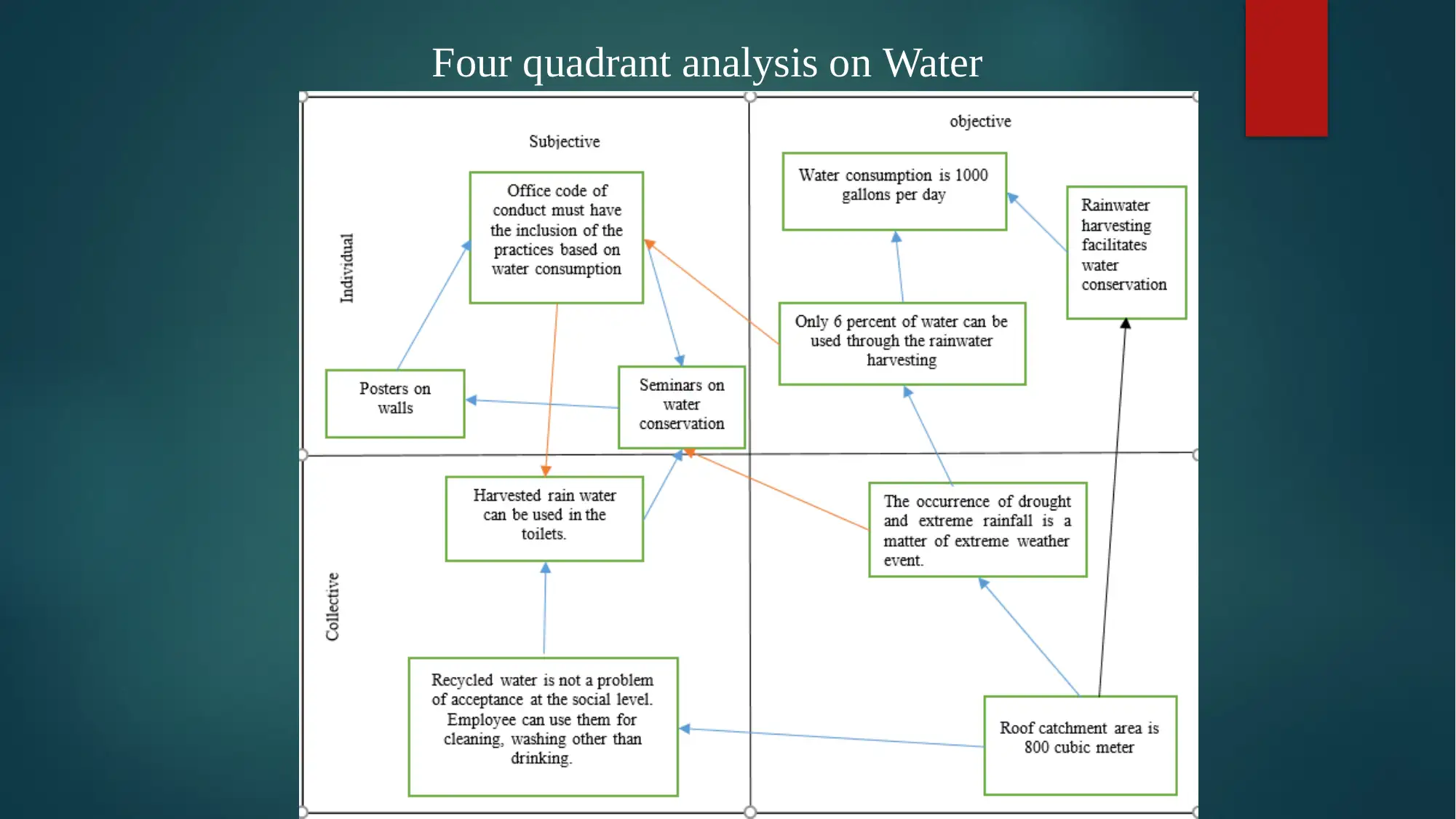
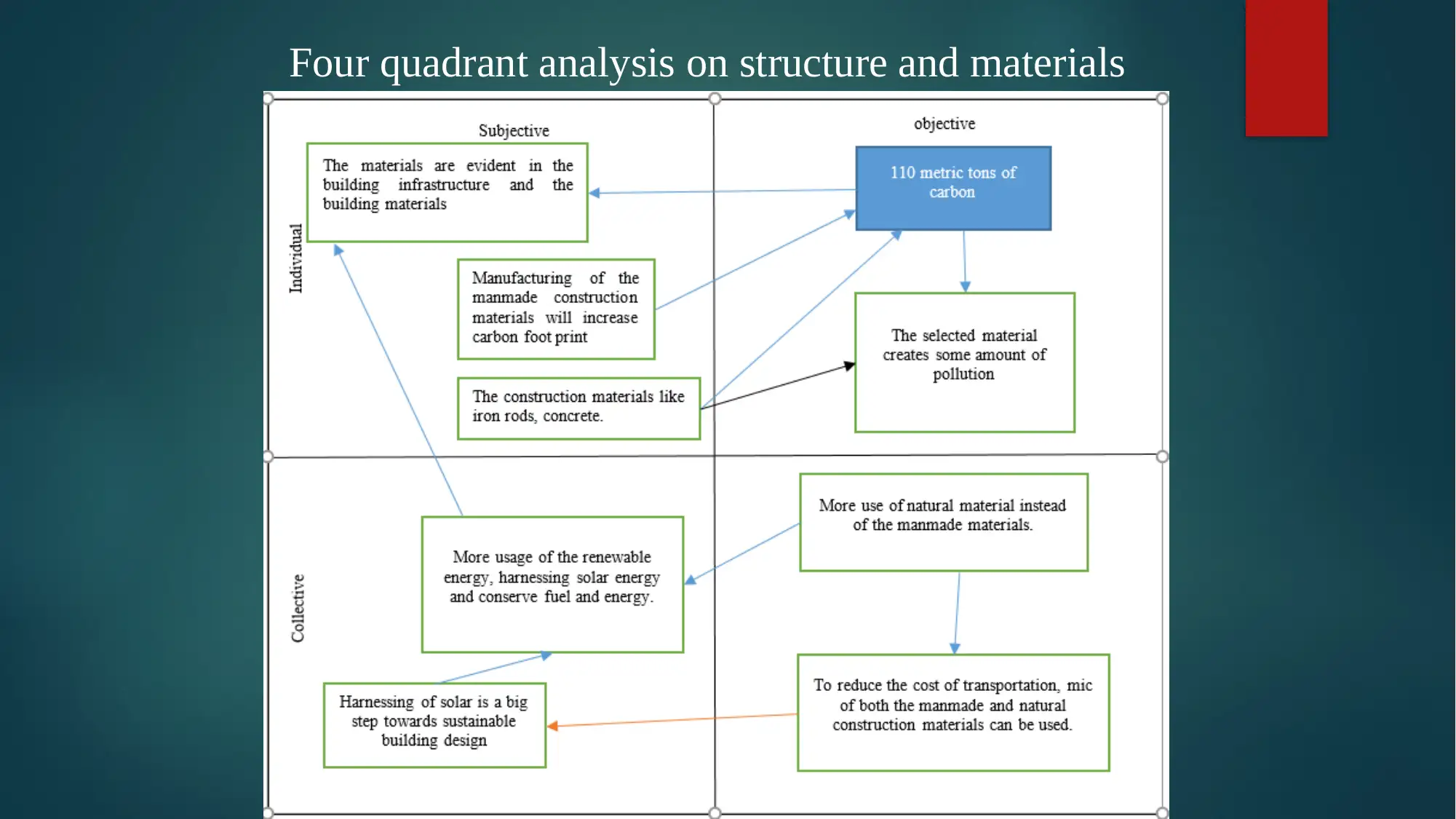
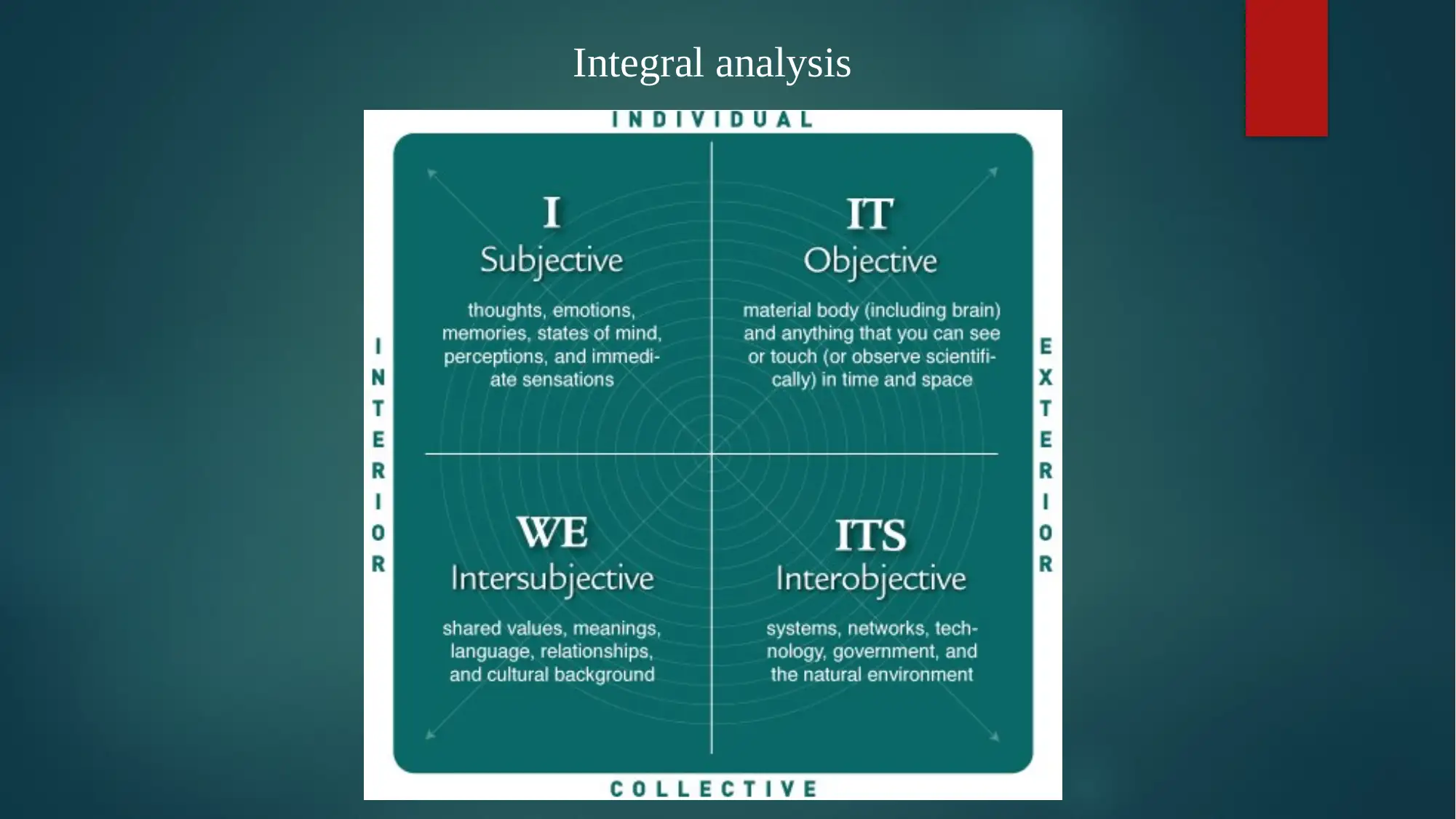
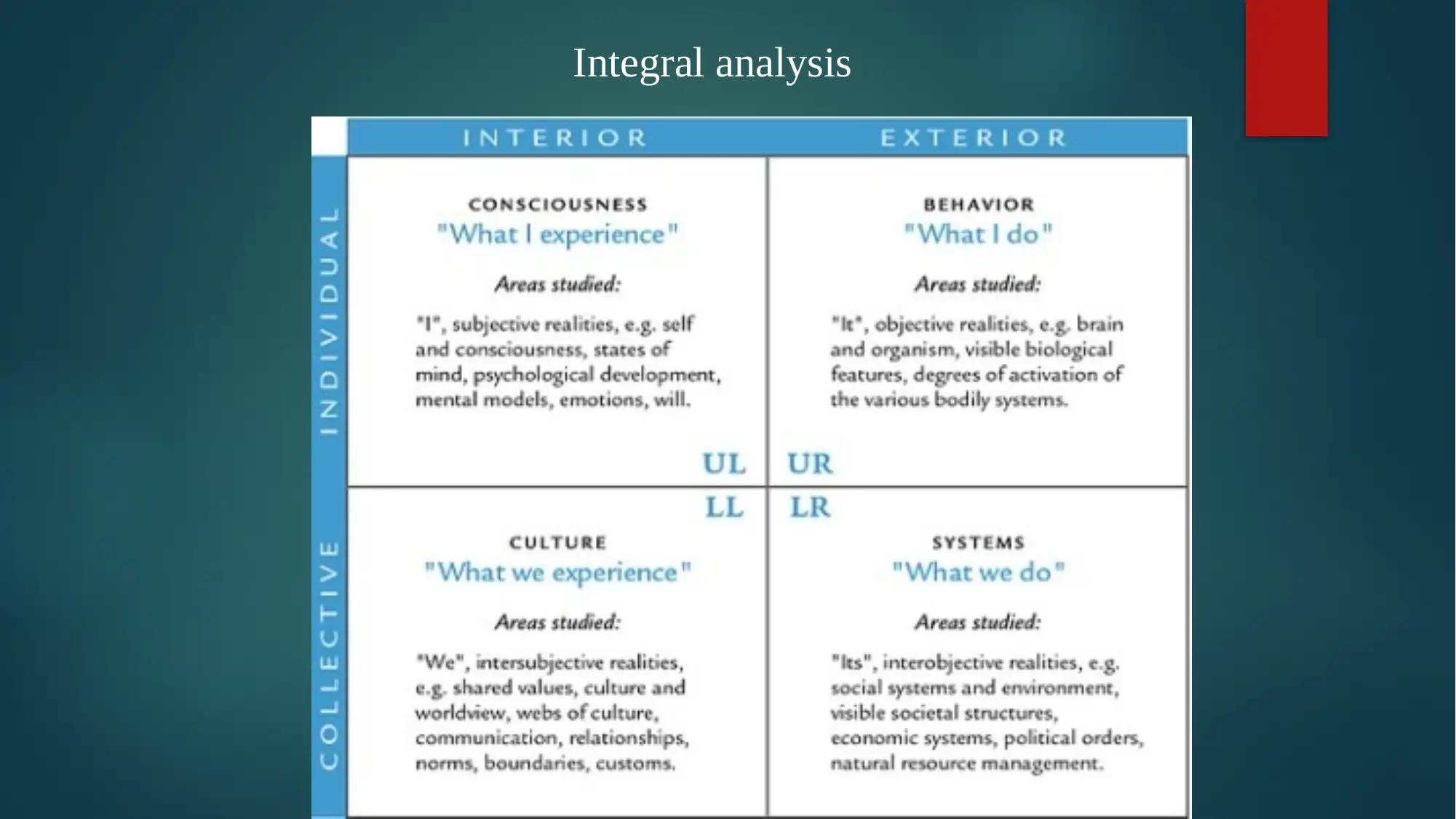
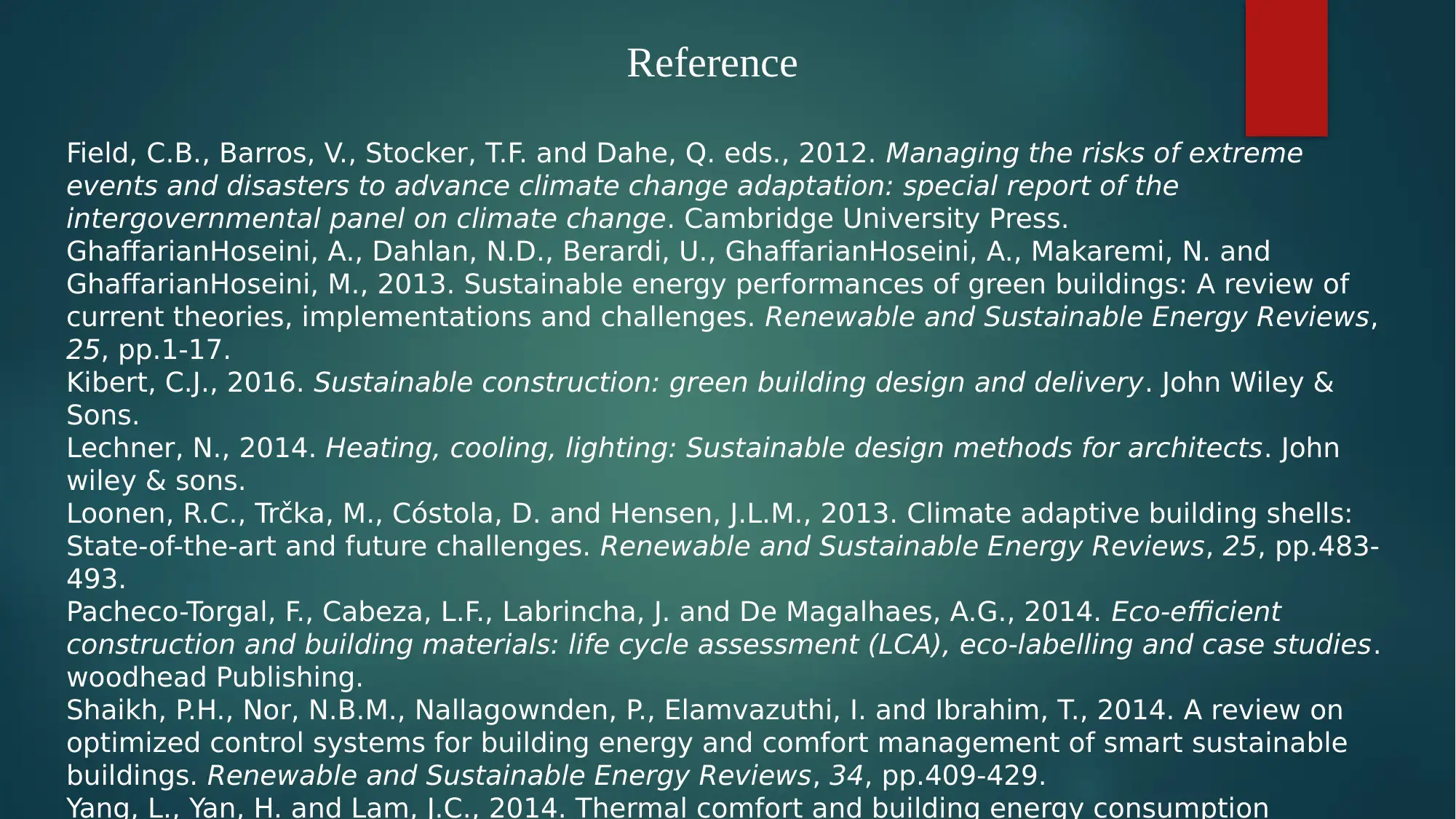






![[object Object]](/_next/static/media/star-bottom.7253800d.svg)